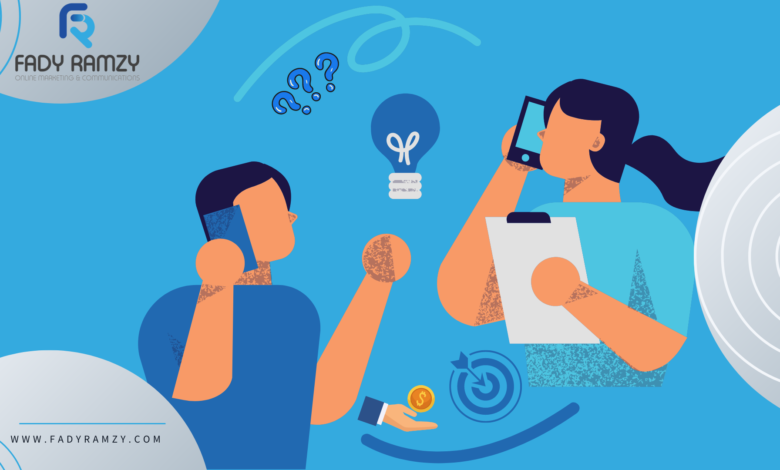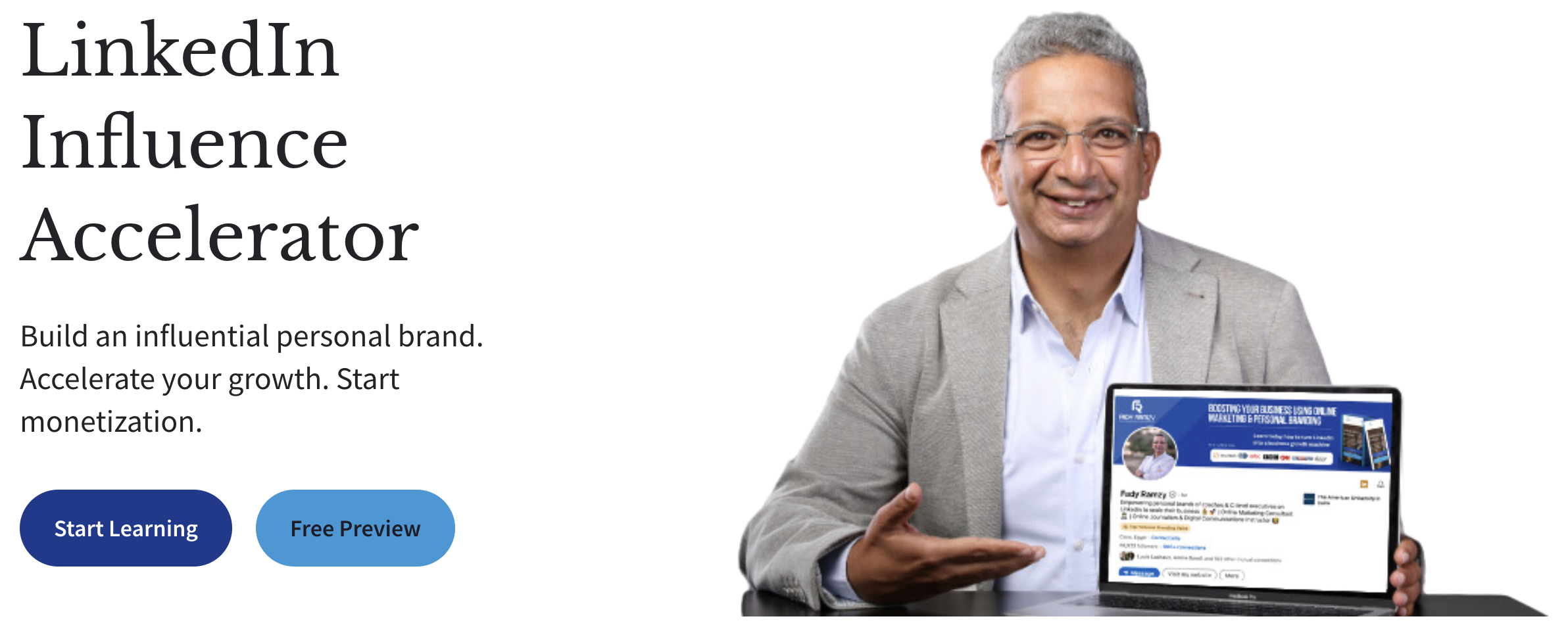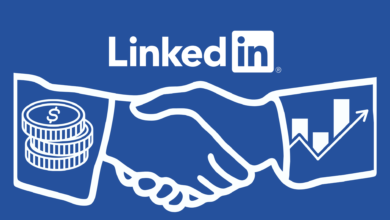Master Sales Psychology with These 3 Hacks!

Working in sales, or being in “sales” can be a gold mine or a disappointing experience.
These sales psychology hacks will help ensure it’s the former and not the latter!
Ready??
Sales Psychology Hack 1: Start with a Friendly Chat, not a Sales Pitch
Do your homework before meeting the person. Have you checked them over LinkedIn?
Look for common grounds whether colleagues or work industry. Use it as a quick ice-breaking that eases the conversation. It makes them feel that you are already friends.
Common mistake: some people believe a sales conversation is like a fight. Full of convincing & pushing the prospect towards the product.
The truth is, it’s a tango dance, not a fight.
Understand their WHY
Through questions, try to understand the motives and the fears of this person.
But why? It makes the prospect express and explain more of their needs and challenges. This opens up lots of opportunities for you to enter and hit correctly on the pain point that they have. This is the very basic step of sales psychology!
Common mistake: We often reverse the order. We introduce ourselves, our company, and our offer and start selling.
Attention is connection
Give the person full authentic attention, you can confirm and repeat what they said. This way you hit two birds with one stone. You highlight the pain point, in preparation for the coming sales pitch. AND confirming to the person that they are authentically given full attention.
Common mistake: getting distracted by phone notifications while “listening”. A sure way to lose the person.
Sales Psychology Hack 2: Agitate the Problem
Keep the prospect in a psychological state of airing out their fears and challenges. This acts also as an indirect reminder of these burdens.
This is based on a very popular writing structure which is “Problem – Agitation – Solution”. It connects to the reader through a relevant problem. Then, arouses agitation by diving into its depths, and presents an effective solution. When used in sales, whatever you say next is as if a great solution has come to the rescue. Sounds good?
Discuss the consequences, and rate the Solution
As a part of the agitation process, you can discuss the consequences of these problems if not solved.
Then, try asking: “If you have the opportunity to solve this problem right now, how would you rate the importance of this solution to you from 0 to 10?” Where 0 means I’m not ready for a solution. While 10 means I need the solution immediately.
The answer would give you an indicator of how to structure your pitch. If the response is below 6 then you can end the conversation. If someone answers above 6 you can ask them “Why not less than? Why not like three out of 10?” Again, you’re agitating the problem so that they’re in a state of remembering it. Only then you can propose the solution.
Common mistake: Not “qualifying” your lead, so you waste too much time, and then the deal is not closed.
FCNWD!
Throughout the conversation, focus on FCNWD. An acronym that stands for Fears and Challenges (that people pay to move away from) and Needs, Wants, or Desires (that people pay to achieve).
So spot them! These are the entry points for your next question and the phase where you propose your solution.
Common mistake: We always speed up and are always in a hurry to close the deal! We jump into proposing our product & discussing the pricing & negotiation. That is the last step!
Sales Psychology Hack 3: Propose the solution, subtly!
After all this conversation, share a story about your latest client. Someone who had a similar problem and how you were able to solve it.
Bonus hack: include the word “transformation”.
See what you did there? You framed your proposal in a storytelling-relevant way!
Next, you ask “How can we start together?”
Simply yet powerfully, you flip the situation. You made the prospect request your offer rather than you pitching or pushing it. This is an amazing concept always preached by Alex Hormozi! I love how his popular phrase, “How to make offers so good, people free stupid to say NO!”. It is on his book $100M offers. Super powerful sales psychology here!

Handling the Negotiations Professionally
At the end is when you discuss technical details. Like features, timeline, pricing, and payment terms.
This is where negotiations, especially of the price, often happen.
There are two strategies:
1- Always have several options for your offer:
A high-end version with a lot of features and a low-end one with fewer features.
It should not be a haphazard division of options. But it depends on your understanding of the prospect’s challenges.
2- Never discount your price:
Instead of decreasing your price upon request, add more value! Like additional features to the product or a wider scope to your service.
Think Customer or Brand Ambassador!
If they still negotiate, consider that not every prospect is the right customer. End the conversation in a very decent friendly way. Two scenarios usually happen. Either the prospect would return a few days later and accept the offer with the extra value. Or, the opposite but they would recommend you to others whenever there is an opportunity. Because you ended on good terms.
A win-win situation in all cases! This is the power of sales psychology!
Summary
-
Start with a Friendly Chat, not a Sales Speech
-
Agitation of the Problem
-
Proposing the Solution. Subtly
Finally, do you want to step ahead?
The “LinkedIn Influence Accelerator” is a course for founders, coaches, and communicators. It is crafted for professionals who want to create a process for consistent growth while enjoying time freedom.
Start boosting your personal brand now!




